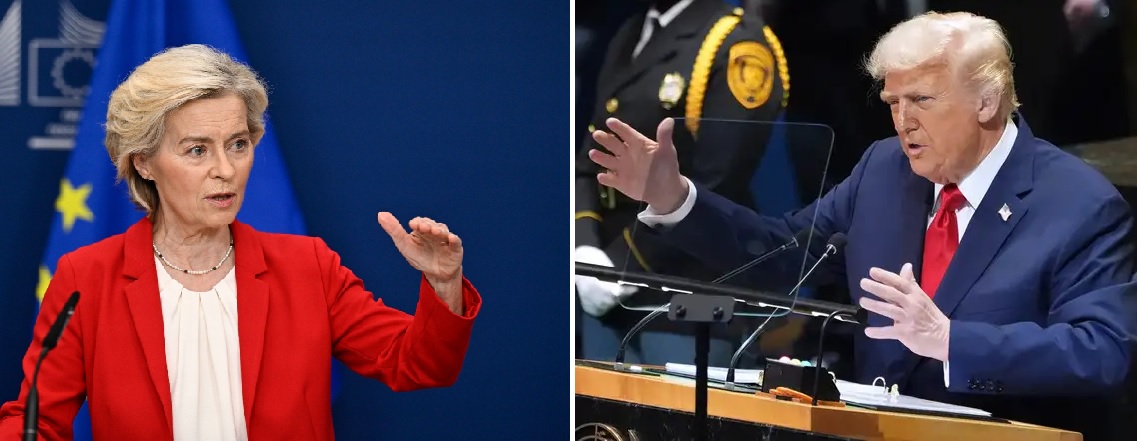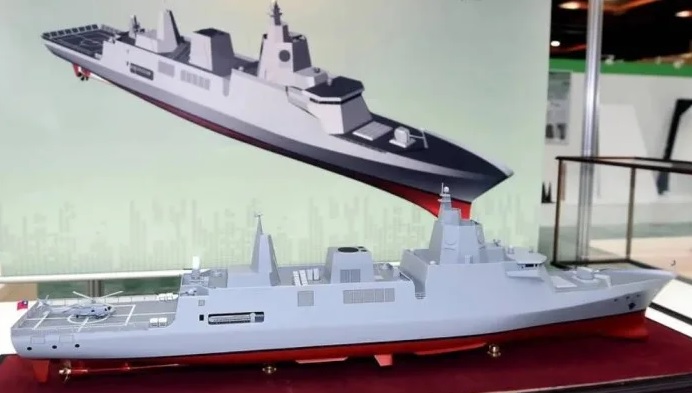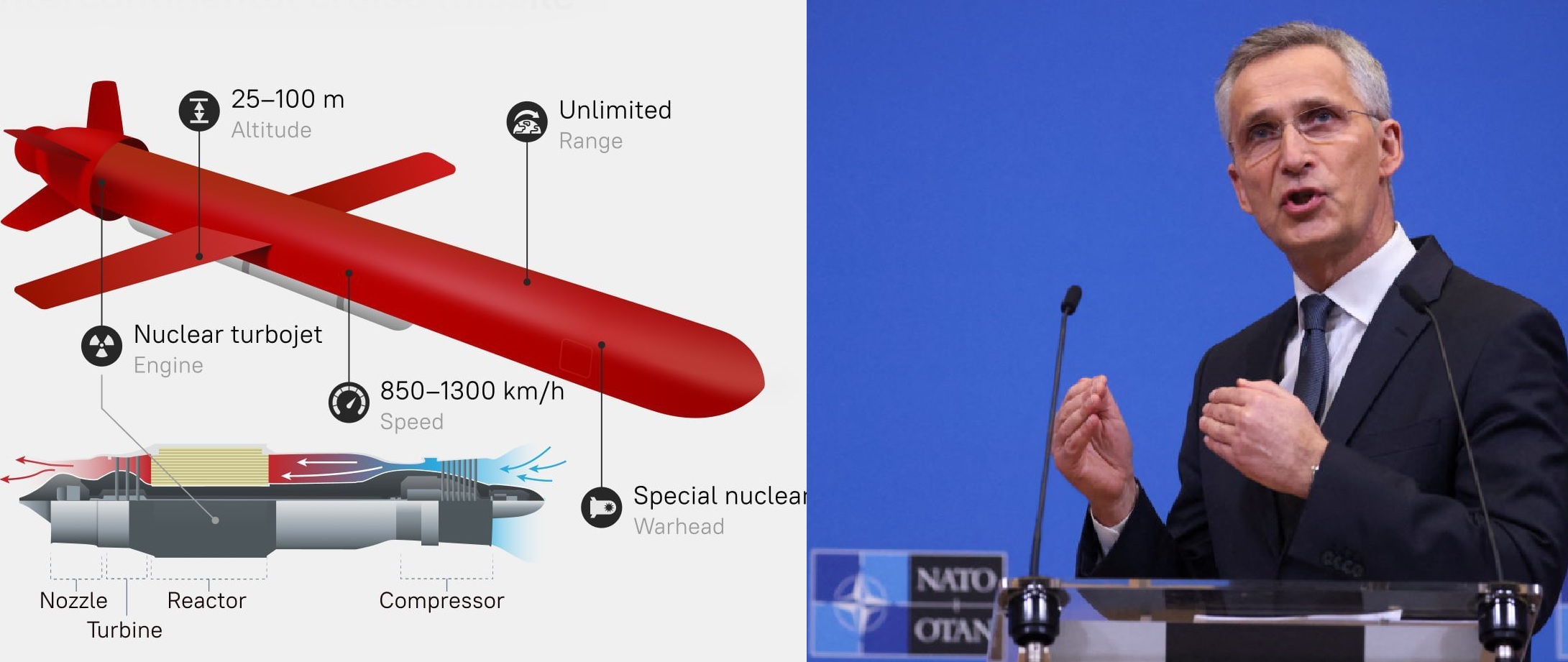Why Trump Rejects EU Migration Pact, What It Means for Europe and America

Former President Donald Trump has sharply rejected the European Union’s new Migration and Asylum Pact, using recent speeches and interviews to attack it as a threat to national sovereignty and a model he says the United States must “never follow.” While the EU Migration Pact is an internal European law that does not bind the U.S., Trump’s stance adds fresh political pressure on both sides of the Atlantic at a time when migration is already a central election issue in Europe and America.
What Is The EU Migration Pact?
The EU Migration and Asylum Pact is a wide-ranging package of 10 new laws agreed by EU governments and the European Parliament in 2023–2024. It aims to create a common system for handling people who arrive without permission at the EU’s external borders.
Under the pact:
-
All irregular arrivals will face screening, including checks on identity, health and security, with biometric data such as fingerprints and facial images recorded in the Eurodac database.
-
People will be directed either into an asylum procedure or into fast-track return procedures if their claims are judged weak or clearly unfounded.
-
Responsibility for asylum claims will still lie first with the country of first entry, but a new “mandatory solidarity mechanism” will allow other EU states to relocate migrants or instead pay money or send staff to help front-line countries.
-
The pact will be phased in, with key measures expected to apply from 2026 after a transition period that began in mid-2024.
Supporters in Europe say the package is meant to reduce chaos at borders, speed up decisions, and share responsibilities more fairly among the 27 member states. Critics from both the right and the left argue that it either does not go far enough to stop irregular migration or that it risks eroding human rights by expanding detention and speeding deportations.
Why Trump Says He Rejects The Pact
Trump presents the EU Migration Pact as a warning for the United States, not as an agreement Washington might join. In his view, it shows what he calls the “globalist” approach to borders that he has opposed since his first term. His rejection is rooted in several familiar themes from his earlier migration policies.
1. Sovereignty and control over borders
Trump has long argued that international or multilateral deals on migration weaken a country’s sovereign right to decide who enters. During his first presidency, the U.S. withdrew from the UN Global Compact for Safe, Orderly and Regular Migration, with the administration saying it “undermined U.S. sovereignty” and clashed with American immigration laws.
In the same language today, Trump portrays the EU pact as proof that “Brussels” is taking decisions away from national governments and forcing them to accept migrants or pay penalties. He claims this kind of burden-sharing could be a model that “open-border Democrats” want for the U.S.—a claim his critics say is misleading because the pact applies only inside the EU.
2. Fear that the pact is too “soft” on irregular migration
From the right-wing side of European politics, many argue the pact is still not strict enough, particularly on returns and detention. Leaders in Poland, Hungary and other countries have attacked the relocation and solidarity rules, and some governments are already exploring opt-outs or partial exemptions.
Trump aligns himself with this criticism. He points to the fact that in the EU, only about 20% of people with final return orders are actually deported, and he argues that, instead of solidarity, Europe needs much tougher deportation systems, including offshore processing centres—ideas that are also being debated inside the EU itself.
3. Domestic politics and campaign messaging
For Trump, migration is also a campaign weapon. In a charged political environment, attacking Europe’s pact lets him:
-
Rally his base by warning that Democrats and European leaders are part of the same “elite” that favors migration and weak borders.
-
Contrast his hard line on the U.S.–Mexico border with what he calls “European chaos.”
-
Use rising far-right sentiment in Europe as proof that ordinary people everywhere are rejecting “open-border” policies.
European analysts say his recent UN speech and other remarks about migration have included false or exaggerated claims about numbers and crime, but they also warn that this rhetoric can still influence European debates and strengthen anti-migration parties.
Impact On The European Union
Even though the EU Migration Pact was negotiated without any formal U.S. role, Trump’s rejection and rhetoric can still affect European politics in several ways.
Pressure on already-divided member states
The pact passed only after years of difficult negotiations, and opposition has not disappeared. Some governments and parties argue it goes too far on solidarity, others say it goes too far on detention and returns. Far-right and nationalist parties often cite Trump’s hard line as a model for Europe.
As the EU begins to implement the pact before it becomes fully operational in 2026, Trump’s attacks may:
-
Help Eurosceptic and anti-migration parties mobilize voters against governments that support the deal.
-
Encourage more member states to look for exemptions, delays, or alternative arrangements, including deals with third countries for offshore processing or “return hubs.”
Strains in transatlantic relations
EU officials have tried to frame the pact as a balanced compromise that combines border control with human rights protections, and they are sensitive to claims that Europe is either too weak or too harsh. When Trump publicly attacks the pact, it risks:
-
Undermining trust between Brussels and Washington on sensitive issues like resettlement, readmission agreements with countries of origin, and joint naval or border operations.
-
Making it harder for the EU to present itself as a norm-setter on asylum and human rights if it is seen as following, or fighting with, Trump-style policies.
At the same time, some European leaders quietly use Trump’s criticism to defend the pact at home, arguing that if both far-right and human-rights groups dislike it, it might actually be a centrist compromise.
Impact On The United States
Trump’s rejection of the EU Migration Pact does not change U.S. law, but it shapes the political debate and some aspects of foreign policy.
1. Domestic migration debate
By pointing to Europe, Trump tries to create a simple contrast: a “Europe of crisis” versus a “strong U.S. border” under his approach. This can:
-
Push U.S. debate further toward deterrence, walls, and mass deportations, echoing the toughest ideas now circulating in both the U.S. and parts of the EU.
-
Reduce space for compromise immigration reforms in Congress, because any attempt at broader deals or regional cooperation can be attacked as “an EU-style pact.”
2. Cooperation with Europe on migration and security
The U.S. and EU need each other on border security, counter-smuggling, and deals with transit countries in North Africa, the Balkans and beyond. Europe is currently tightening its own tools, from digital border systems like the Entry/Exit System to new return mechanisms.
If Trump continues to attack the EU approach as weak or dangerous, it could:
-
Make European leaders more cautious about sharing information or strategies, worried that cooperation might be politicized in U.S. domestic debates.
-
Push some EU states to seek new partners for migration deals, including African or Middle Eastern countries, rather than closely aligning with U.S. strategy.
3. The wider message to the world
Finally, Trump’s rejection of the EU Migration Pact sends a signal to other regions. It suggests that two of the world’s major democratic blocs—the European Union and the United States—are moving on parallel but politically conflicting paths on migration governance.
While the EU experiments with a complex mix of shared responsibility, faster procedures and stronger deportations, Trump promotes a simpler message of “fortress borders” and minimal multilateral commitments. That gap risks making it harder to build global frameworks on migration, such as the UN compacts that Washington previously stepped away from.
Looking Ahead
The EU Migration Pact is only beginning to move from paper to practice, with key parts scheduled to take effect around 2026. European governments are still writing the rules, building facilities, and training staff. Irregular crossings into the EU actually fell in 2024, but routes and pressures are shifting, and the political temperature remains high.
Trump’s loud rejection of the pact will not stop Europe from implementing it, but it will shape the narrative—in both Brussels and Washington—about what “successful” migration policy looks like. For now, the EU is betting on shared rules and managed solidarity, while Trump is betting that voters on both continents will prefer hard borders and national go-it-alone strategies.
How those two visions play out will help decide not just the future of migration policy, but also the health of transatlantic relations in the years to come.
✍️ This article is written by the team of The Defense News.





